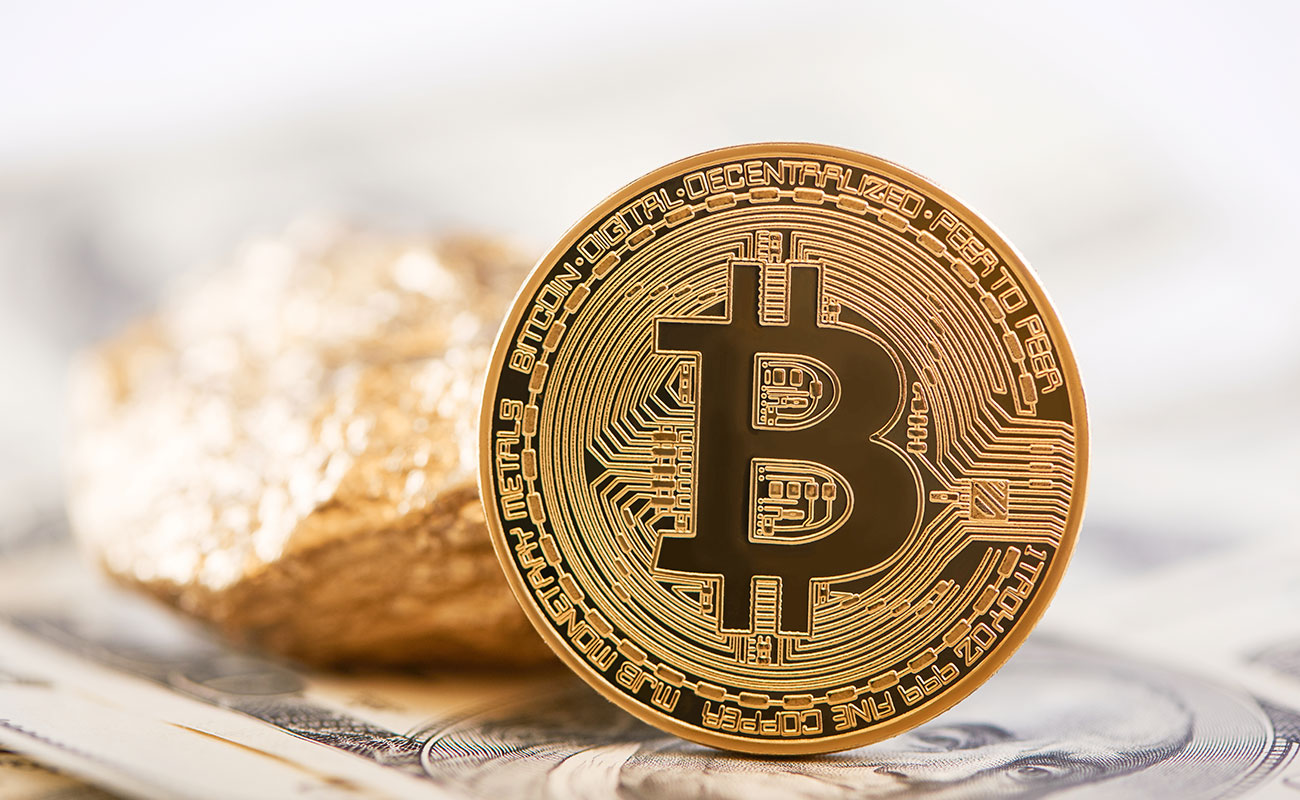The United States is considering using blockchain technology for humanitarian aid distribution. Not a bad move—but a critical question remains: What currency should be used?
The Currency Dilemma: Digital Dollar or Crypto?
The most logical choice would be a U.S. digital dollar—a central bank digital currency (CBDC). Unlike China’s digital renminbi, however, the U.S. has yet to officially launch one. If America doesn’t want to fall behind—and if it wants to harness the full potential of digital monetary policy—it needs to act fast. First-mover advantage matters, and the U.S. doesn’t want the world to rely on Chinese financial infrastructure by default.
Without a digital dollar, any blockchain-based aid system would face major hurdles.
Why Crypto would be a mistake
Using cryptocurrencies like Bitcoin or stablecoins would be a mistake. Here’s why:
- Volatility – Aid budgets can’t afford wild price swings. Imagine an NGO in South Sudan receiving Bitcoin, only to see its value drop 30% before they can buy food or build wells.
- Limited Real-World Use – Most developing nations lack the infrastructure to easily convert crypto into usable local currency. (They don’t even have a good banking infrastructure for conventional currencies…)
- Undermining the Dollar – If the U.S. pays aid in crypto, it weakens demand for the dollar as the world’s reserve currency—a strategic blunder.
Why Blockchain Still Makes Sense
Suppose the currency issue were solved, and policymakers avoid the trap of using volatile cryptocurrencies (which would only serve private interests rather than national ones). In that case, blockchain could still revolutionize aid delivery:
- Transparency – Blockchain enables real-time auditing by donors and watchdogs, making fund diversion nearly impossible.
- Smart Contracts – Funds could be released only when conditions are met (e.g., “Pay $1 million after a school is built”).
- Lower Costs – Cutting out intermediaries (aka banks) ensures more aid reaches those in need.
- Faster Transactions – No more delays from slow bank transfers or SWIFT clearing. (And let’s be honest—having an independent clearing system wouldn’t hurt. Who knows what the Belgium-based SWIFT network might do in the future? What if Europeans suddenly hiked fees for U.S. transactions?)
However, blockchain self-enforcement is hard to do in aid – US enforced might be more credible, which i guess it s fair, as it is their aid. So they still could freeze transaction etc. and that probably would be a lot easier for them to do, as everything suddenly is a lot more structured.
Conclusion: Blockchain, Yes—Crypto, No
The U.S. has a chance to modernize foreign aid while reinforcing the dollar’s dominance. But without a digital dollar, the system remains incomplete. The real question is: Will Washington serve private crypto interests—or will it lead the world into a new era of efficient, transparent aid?





